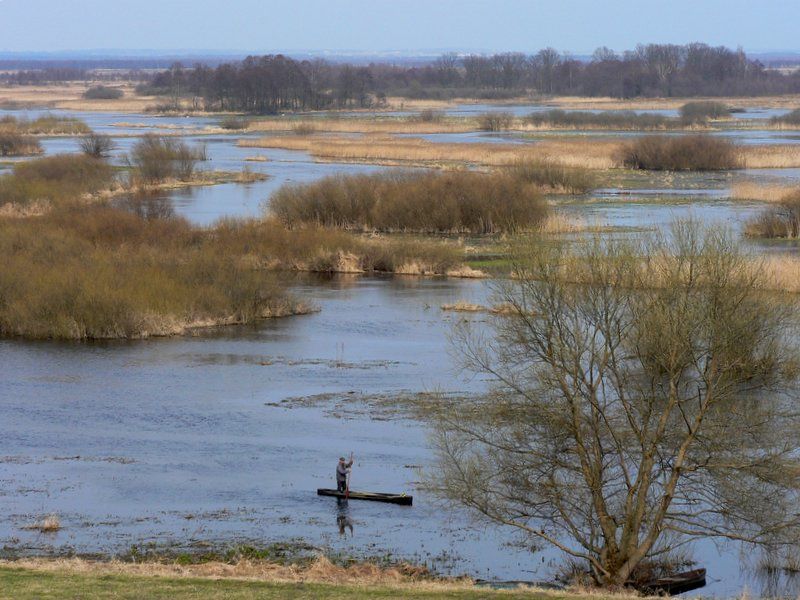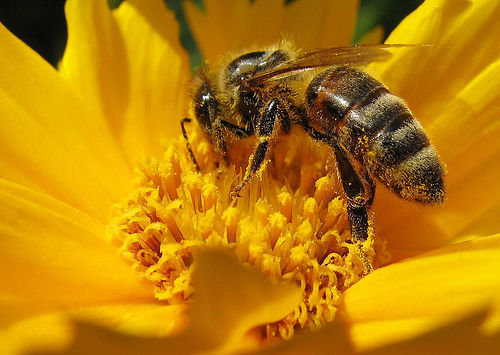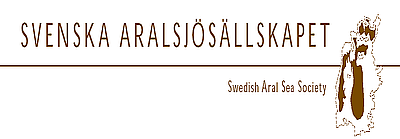6a.
The living world
The many millions of life forms on our planet form the basis of all life and our future. Sorry to say, the most obvious impact of the growing human society is reduced biodiversity, the diversity of life forms. For many, the beginning of work for a sustainable future was a growing concern for so many threatened species and environments. The alarm clocks were first rung by the International Union for the Conservation of Nature, IUCN (today called International Conservation Union) and soon after by the World Wildlife Fund, WWF, already after the Second World War. Diversity decreases on three levels: genes, species, and ecosystems.

Today, the threats towards our living world are even more serious. The extinction of species is estimated to be between 100 and 1000 times faster than before the big impact of human societies. Behind this are three main and many minor changes. Firstly; the ongoing disappearance of natural environments, biotopes, the most serious being tropical forests, coasts, and wetlands. Secondly; the spreading of species to environments where they did not exist before, not the least marine species, which travel with the water of big ships. These new alien species most are often not able to establish themselves, but some grow without control and become invasive and destroy existing ecosystems. Thirdly; pollution may be disastrous to species, which are sensitive to chemicals for which they do not have any defence.
The different life forms have a large value to humans, not always recognized. They form the base for our production of food and many species are the origin of pharmaceuticals, which form the base for healthcare and our capacity to cure diseases. The efforts to preserve genetic diversity have taken the form of gene banks, where species threatened by extinction are stored for the future. The value of a living and rich environment allows us to enjoy nature and its beauty. A green and natural environment is important for our wellbeing, as has been shown repeatedly in much research.
 The services which nature provides to societies and in general to the planet are called ecosystems services. The ecosystems services are productive, such as growing of food, or regulatory, such as natural cleaning of water or pollination of plants or regulation of weather. There are also aesthetic ecosystems services such as the beauty of nature or individual species and our possibilities to enjoy nature. Some of these ecosystems services are today drastically decreasing, e.g. the pollination of fruit trees is very bad in some areas, with grave economic consequences, due to diminishing populations of pollinating insects.
The services which nature provides to societies and in general to the planet are called ecosystems services. The ecosystems services are productive, such as growing of food, or regulatory, such as natural cleaning of water or pollination of plants or regulation of weather. There are also aesthetic ecosystems services such as the beauty of nature or individual species and our possibilities to enjoy nature. Some of these ecosystems services are today drastically decreasing, e.g. the pollination of fruit trees is very bad in some areas, with grave economic consequences, due to diminishing populations of pollinating insects.
A complete review of the state of the planet's ecosystems was initiated by the UN in the year 2000. More than a thousand researchers all over the world contributed to the report published in 2005, the Millennium Ecosystems Assessment, MA. They concluded that 60% of the ecosystems are in decline, some of them seriously so. The Assessment is seen as complementary to the reports by the Climate Panel and will be continued.
The traditional way to safeguard biological diversity and protect individual species from extinction is nature conservation efforts. This includes protection of parts of the landscape as national parks or through similar arrangements. The EU system Natura 2000 with many thousands of individual sites together protects around 18% of the land in the EU countries. These include all kinds of states of protection. Important parts of the system are sites for the protection of birds and wetland areas. The IUCN has established a red list of species in different degrees of threatening. Red listed species are being protected in many countries.
The UN Convention of Biological Diversity (CBD) from the 1992 Rio Conference is a most important initiative to protect our living world. Today, the convention has 192 nations and the European Union as partners. The convention covers all ecosystems, species, and genetic resources. At its COP 10 in Nagoya, Japan, in October 2010 a Protocol on sharing of genetic resources was agreed on. The COP 11 was organized in Hyderabad in India in 2012. A number of other agreements exist, but the results from these are weak and implementation is often lacking. To strengthen the process, the UN announced the period 2011-2020 to be a decade for biodiversity.
The concept of Ecosystems health has recently gained support as an integrated concept describing the interlinked issues of biodiversity, ecosystem services and carrying capacity. A healthy ecosystem includes plants and animals that produce organic matter and simple organisms that break it down. A healthy ecosystem has a large diversity and is capable of self-restoration after external disturbances (resilience). The ecosystem health concept frequently also includes concern for human health and good agricultural practices, as humans are seen as part of the ecosystem. The concept includes a dimension of philosophy (see e.g. the Gaia philosophy) and ethics (for example deep ecology) and respect for life forms.
Materials for session 6a
Basic level
- Read Environmental Science, chapter 8, pages 240-246: Changing the Living World.
- Read Environmental Science, chapter 8, pages 247-251: Changing the Living World.
- Read Environmental Science, chapter 7, pages 206-211: Society and Landscape.
Medium level (widening)
- Read Environmental Science, chapter 8, pages 222-239: Changing the Living World.
- Read Ecosystem Health and Sustainable Agriculture, book 3, chapter 2, pages 39-51: Landscape Functions and Ecosystem Services.
- Read the Millennium Ecosystem Assessment (MA) Synthesis Report, pages 16-54 (pdf-file).
- Study Difference Between a Biome & an Ecosystem in Sciencing.
Advanced level (deepening)
- Study the Convention of Biological Diversity, CBD.
The official Convention of Biological Diversity website.
The IUCN website. - Study the IUCN world conservation strategy (pdf-file).
- Study the concept of Ecosystems Health as applied to the Baltic Sea in the report Ecosystem Health of the Baltic Sea (pdf-file) of Helcom (Baltic Marine Environment Protection Commission).
References
Karlsson, I. and L. Rydén (eds.) 2012. Rural Development and Land Use. Ecosystems Health and Sustainable Agriculture: Book 3, Baltic University Press, Uppsala.
Reid, W. V. et al. 2005. Millennium Ecosystem Assessment Synthesis Report. Island Press.
Rydén. L., Migula, P and M. Andersson. 2003. Environmental Science – understanding, protecting, and managing the environment in the Baltic Sea region. Baltic University Press. Uppsala, Sweden.
BUP Sustainable Development Course
